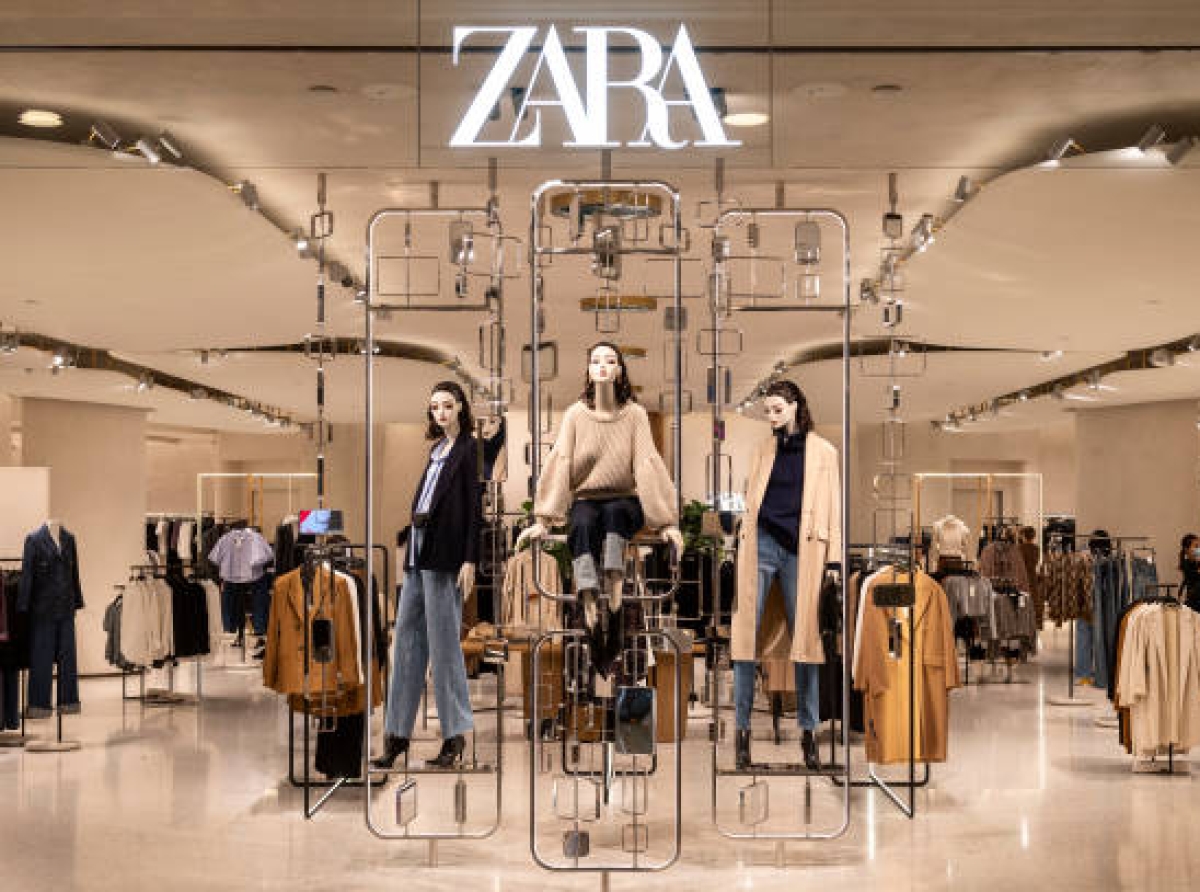Zara’s less is more retail strategy leads to India success

05 July 2023, Mumbai
The success of Zara’s fast fashion stores in India is the envy of many multinationals that have set up shop here. As the most successful branch of Inditex, the Spanish multi-national retail clothing chain, Zara is poised for a 40 per cent sales growth in India as their portfolio continues to woo the new generation with spending power.
Zara’s fast fashion strategy based on a strong supply chain and ability to adapt quickly to changing demands with quick market feedback, has made it a name that other brands want to emulate.
Trendsetting Success in India
In India, Zara’s USP lies in the fact that it has been quickly growing its revenues without opening new stores instead its maintained sales momentum by having the right kind of merchandise at the right price in existing stores across profitable cities.
Both in FY21 and FY22, Zara’s store count remained constant at 21 although even then its revenue grew 61.2 percent in FY22 with an average of a 15.5 percent CAGR in the last five years.
Unlike its competitors, Zara did not open new branches in strategic locations at the drop of a hat rather it concentrated on exceptional performance on existing store productivity.
Compared to other global rivals such as H&M who opened more than 50 stores pan-India since their first store in 2015, Zara still has 21 stores in India since its arrival in 2010 with just one store opening over the past six years.
Zara’s less is more policy puts focus on establishing only a few high-quality retail spaces and it currently has stores in Delhi, Mumbai, Bengaluru, Pune, Surat, Jaipur, Chandigarh, Chennai, Hyderabad, Kolkata, and Gurugram.
Indetex and Tata together create a best-seller brand
Well-known as a supplier of a fast fashion brand of high-quality clothing, accessories, shoes, beauty products, and perfumes, Zara is a hit with Indian men, women, and kids with well-thought separate product portfolios.
The retail relationship between Indetex Trent professionally handling Zara’s back-end merchandise sourcing and the Tata Group’s expertise in identifying real estate and locations have worked in its favour.
Fast-fashion; It has managed to create a Zara model globally by showcasing affordable replicas of the latest fashion trends to its target shoppers very quickly as timely fashion is the essence of this segment.
As per Inditex Trent Retail’s annual report - also popularly known as Zara India-its revenue expanded to Rs 2,562.5 crore in the last fiscal year with net profit rising 77 percent to Rs 264 crore during FY23.
Inditex plans to bring other brands to India
With the Spanish group controlling all operations in India, from designing to distribution, new fashion roll-outs are moved off the shelves worldwide within a week, if a new style is not a hit, unlike other stores that keep the same portfolios for months eating into storage space.
Although the Clothing Manufacturers Association of India (CMAI) feels India’s apparel market had expanded by 15 percent during 2022-23, sales growth was mainly due to price hikes in the post-Covid years and not the volume of clothes bought.
However, spurred by the success of Zara, media reports suggest Indetex is now set to simultaneously bring two more of their brands -- Pull&Bear and Bershka -- to India. This could start with stores in prominent malls in Delhi and Mumbai by 2024.
Some prominent malls where these new outlets may be opened include Select Citywalk and DLF Malls in New Delhi, Phoenix Palladium in Mumbai, and Phoenix Mall of Asia in Bengaluru among others.
Zara has been an absolute trendsetter to show the way a multinational should spread their India footprint and many more are expected to follow suit in the next couple of years.
























